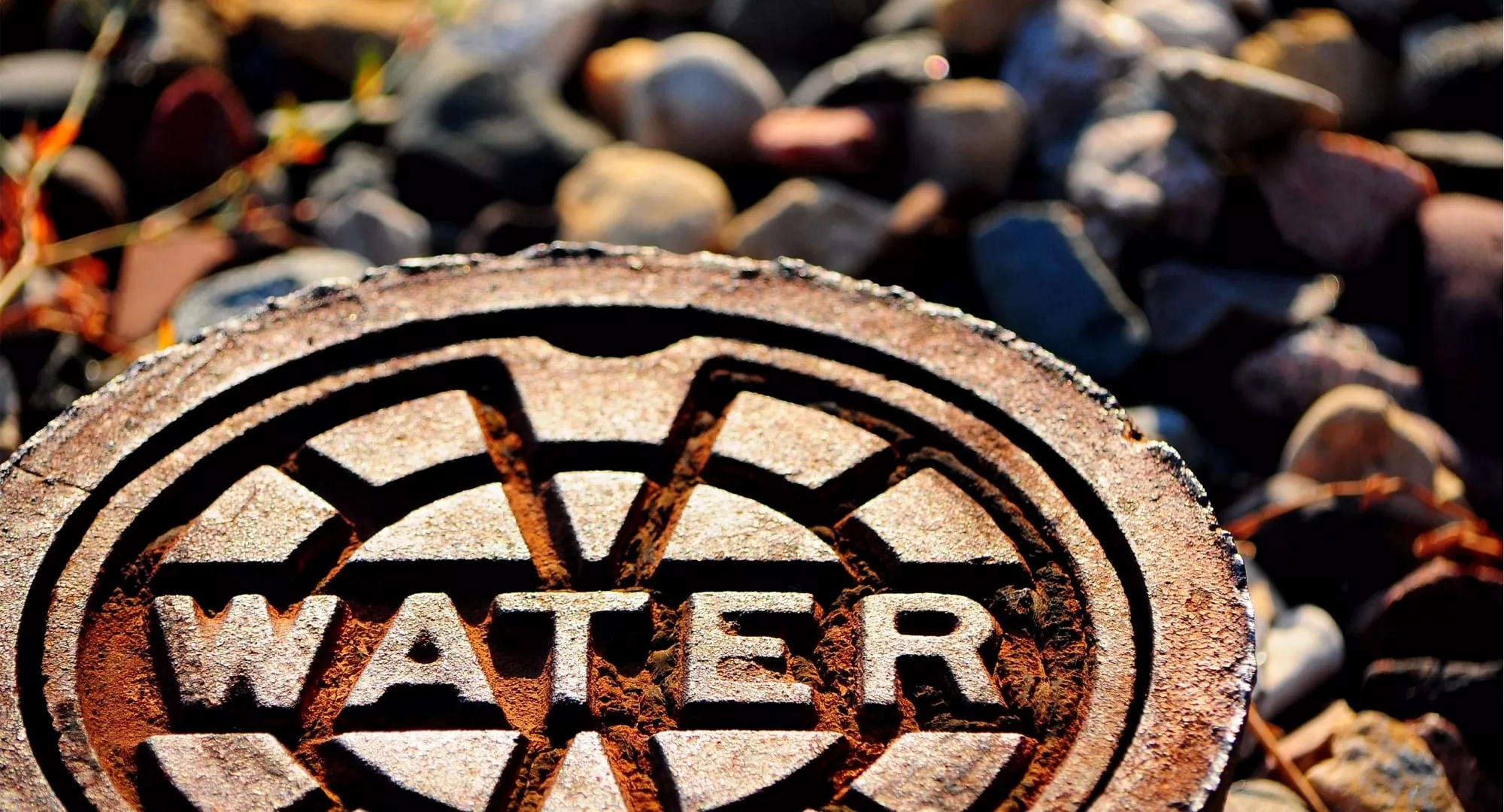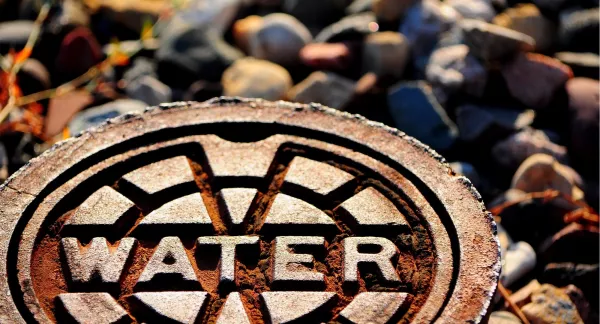
Efficient Redundancy Design Practices
Abstract
Redundant design allows critical systems to continue to operate when primary infrastructure, equipment, instrumentation, or automation and control fails. This report identifies effective redundancy design practices for wastewater treatment plants. It also examines the influence of regulatory requirements on redundant design, and investigates alternatives to conventional redundancy. The project team conducted a wide-ranging survey, case studies, and regulatory interviews. Their results provide a practical guide for treatment plant owners, operators, and designers to improve efficiency and reduce costs by replicating documented successes. Published by WERF. 200 pages. Online PDF Only.
Originally funded as WERF project 00-CTS-5.

